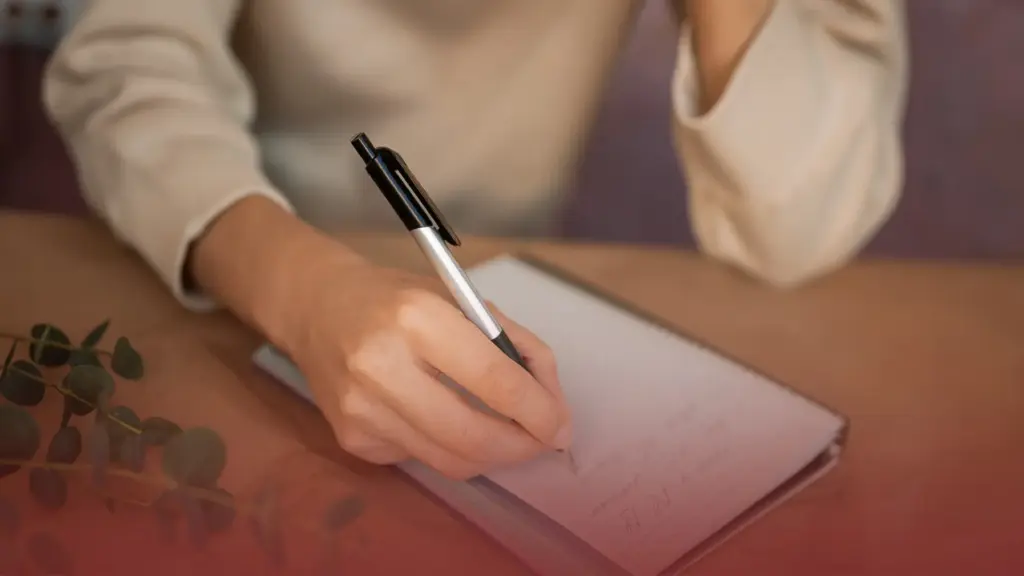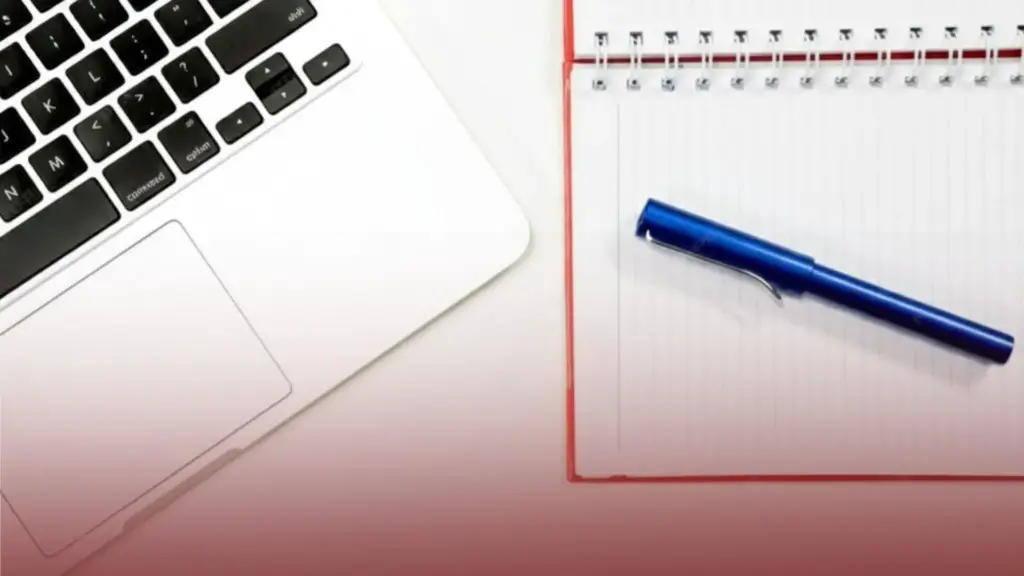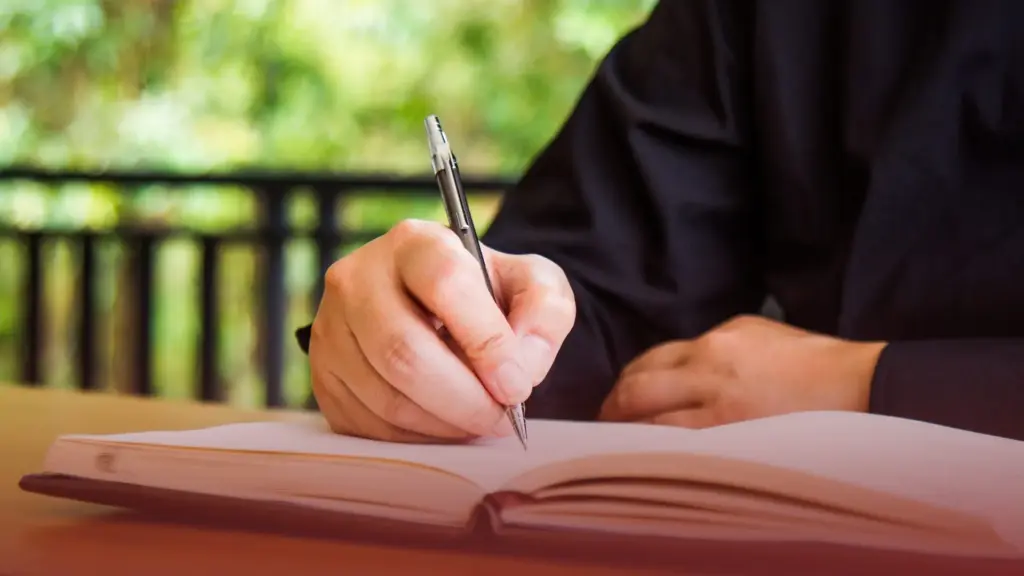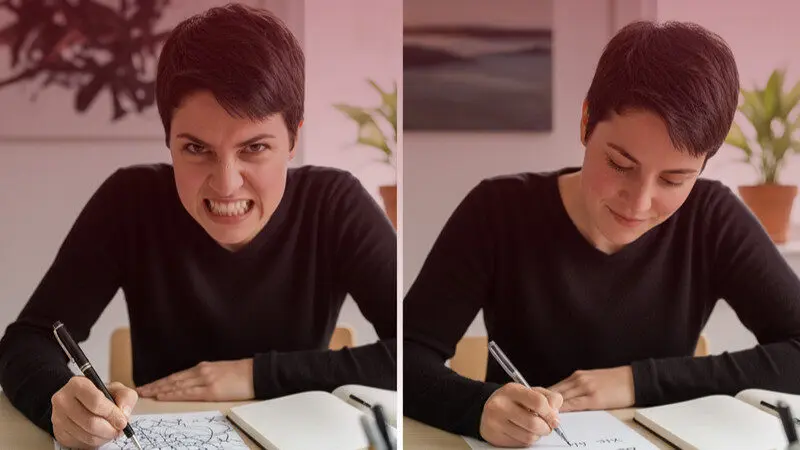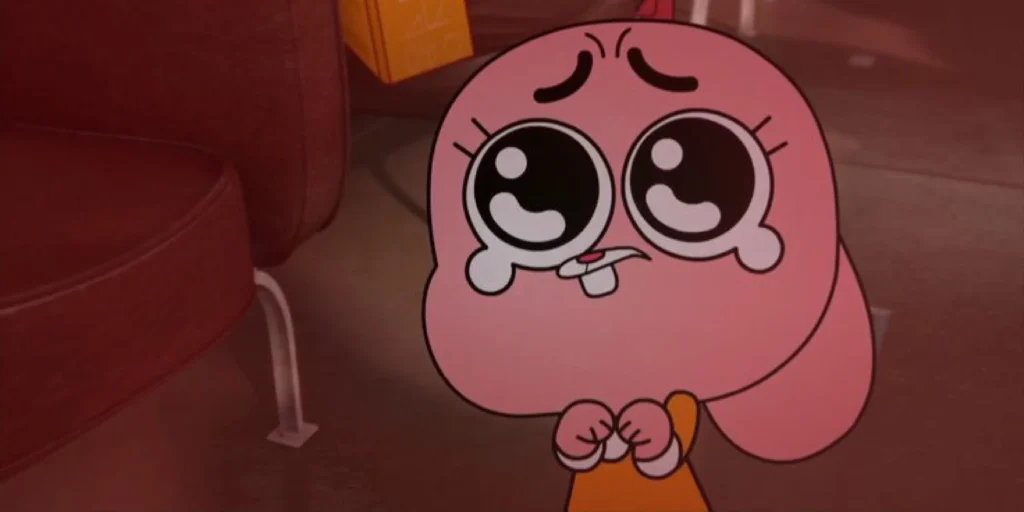If you’ve seen The Notebook, you’ve surely recalled the scene that broke your heart, which is Allie finding the stack of love letters Noah wrote her, one for every day of the year.
The iconic 2004 romantic comedy movie, starring Ryan Gosling and Rachel McAdams as the passionate young couple and based on the novel by Nicholas Sparks, became a benchmark for romcoms. Yet, for all its sweeping scenery and heartfelt dialogue, the film’s most emotional moment hinges on a simple act: the reading of those forgotten letters from Noah to Allie. A simple handwritten letter with a pure power of ink on paper.
As she opens those envelopes, it’s more than just Allie who feels it, you do too. Your breath catches, your eyes start to tear up, and suddenly, you’re weeping over words penned by a character decades ago.
Why does that simple handwritten letter move us so deeply?
To understand this powerful connection, let’s explore it through graphology, the fascinating study that links handwriting to the human soul.
The Hidden Emotions in Noah’s Handwriting.
In graphology, handwriting is more than just pretty letters, it’s a reflection of your emotions and inner personality.
Every curve, angle, pressure, and space tells a story about how you feel when you write.
When Noah wrote those letters, he was pouring his emotions onto paper, really. The motion of his hand, the pressure of his pen, the rhythm of his strokes, all of it carried traces of his longing, pain and love.
If we break it down it would be like:
- Strong pressure = emotional intensity and sincerity.
- Flowing, connected letters = open-hearted, honest feelings.
- Wide spacing = clarity, truth, and independence in thought.
So when Noah writes, “It wasn’t over, it still isn’t over,” his handwriting carries more than words. It carries heartbeat, tension, and truth through handwriting.
Ink That Breathes Emotion.
When Noah wrote to Allie, his pen didn’t just move — it felt.
The steady flow of ink across the page mirrors the flow of his devotion.
A faint smudge might mark a tear. A trembling stroke might reveal hesitation, or the weight of missing her.
Every handwritten letter carries a rhythm of the writer’s heartbeat pressed into the page.
In graphology, ink isn’t just a medium; it’s the writer’s emotion made visible.
Graphologists believe that even the pressure of the pen tells a story.
Too heavy, and you sense inner struggle or deep emotional involvement.
Too light, and it whispers of exhaustion from love that never ends.
It’s no wonder those letters feel alive. They’re not just words, they’re emotions caught between breath, love and ink.
The Reason We Cry Over Noah’s Handwritten Letter
Here’s the beautiful truth: our brains react emotionally to handwriting.
When we see something handwritten, especially something raw and imperfect, we sense the humanity behind those lines.
Handwriting feels alive. It shows the tremor of a hand, the smudge of a tear, the pause before writing “I love you” and even more about human feelings.
That’s why Noah’s handwritten letters make us cry and make us relate to what Allie is doing after that, even if this movie was already a decade later. We can feel his presence in the ink.
Explore further here
Noah’s handwritten letters in The Notebook remind us that true emotion doesn’t always need grand gestures. Sometimes, it lives quietly in ink, stroke and paper.
Every curve, and space in his handwriting tells a story that words alone may never express.
Through the lens of graphology, we learn that handwriting is more than communication, it’s connection.
If Noah’s handwritten letters could reveal so much about his love, imagine what your handwriting could reveal about you. Through our Applicative Course in KAROHS, you’ll explore more about how the smallest details in handwriting can uncover personality, emotion, and authenticity. Visit our official website https://karohs.school/courses/ to know more about our courses.



